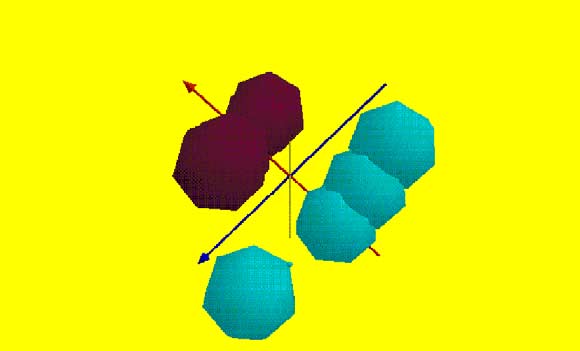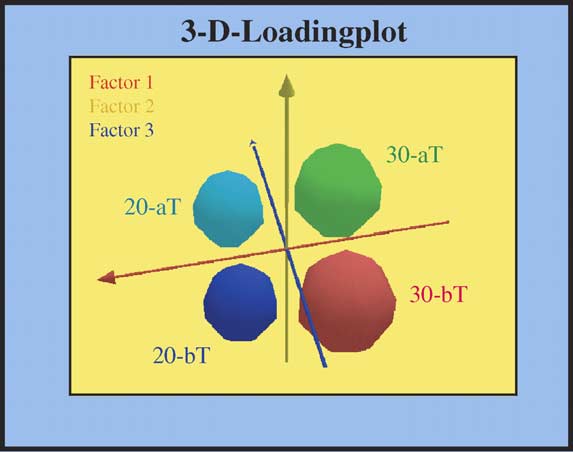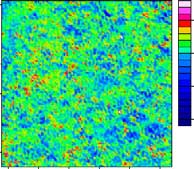News3_07
The RCPA(NZ) News In this issue - Professor Peter Browett, Haematologist, University of Auckland, discusses a case of Polymyositis provides an update on Non-Hodgkin's Lymphoma. Non-Hodgkin's Lymphoma Update Key Points • lymphomas are a heterogeneous group of malignancies with variable clinical presenta-tion, response to therapy and prognosis.




